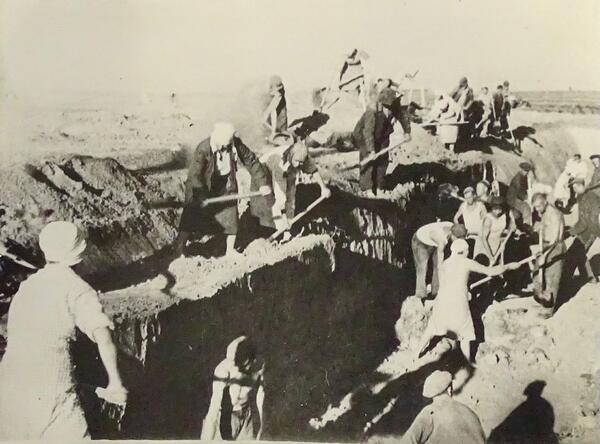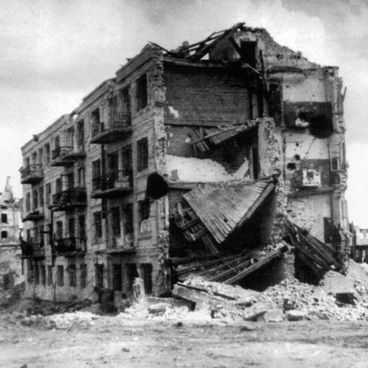In anticipation of a potential German offensive, a decision was made in 1941 to implement a preemptive defensive strategy on the Stalingrad front. The construction of an outer defensive line along the Gornaya Proleyka, Abganerovo Station, and Raygorod, as well as three semi-circular defensive lines — middle, inner, and urban — was planned on the approaches to Stalingrad. The defensive operations were conducted over a vast area.
In total, 225,000 individuals residing within the city and surrounding regions participated in the construction of defensive lines, with the assistance of 88,000 soldiers drawn from the 5th Sapper Army and defense construction management units.
Civilian builders were responsible for the construction of anti-tank ditches, escarpments, trenches, and dugouts. The construction of defensive lines proceeded at a gradual pace. The construction of defensive lines was significantly hindered by inclement weather conditions. The construction workers were required to excavate between three and three and a half cubic meters of frozen ground on a daily basis, in temperatures of 30 degrees Celsius with strong winds and blizzards. In the spring, the newly constructed structures were subjected to the additional challenge of being restored after they had been flooded. The working conditions were of an exceptionally harsh nature. The construction of defensive lines around Stalingrad continued even after the enemy invaded the region in July 1942. The construction of the fortifications was never entirely complete; however, the Red Army utilized them during subsequent close-range battles and succeeded in delaying the enemy’s advance towards Stalingrad by a month.



